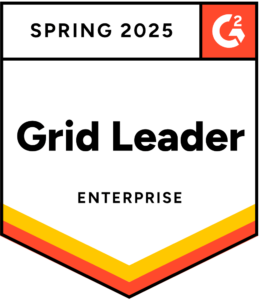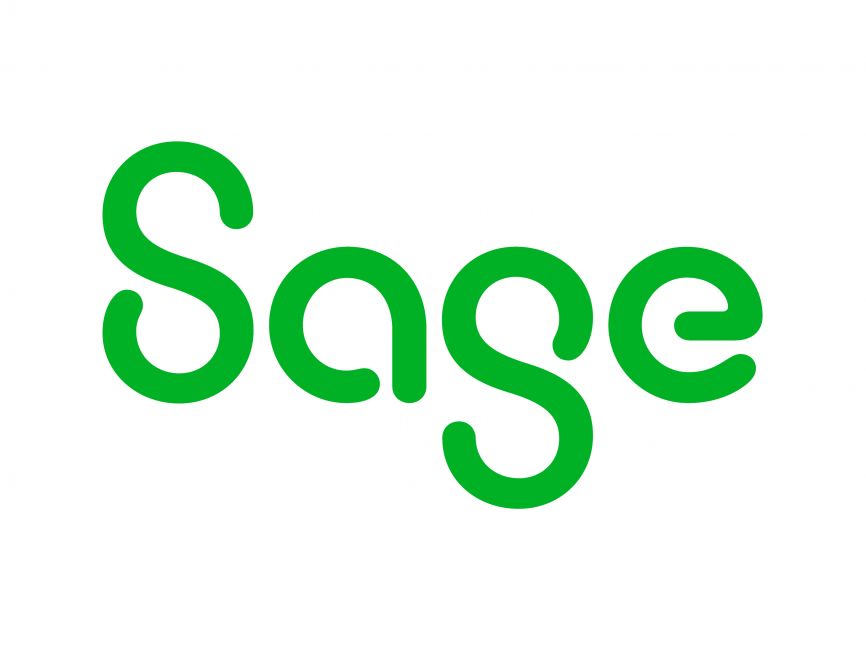Lead qualification is the process of sorting leads by sales readiness.
What do we mean by this?
Car positions in a Formula 1 race.
What is Lead Qualification?
Only a small percentage of your sales targets will actually click through to purchase. Brick-and-mortar businesses see their fair share of browsers before a customer with definite intent to buy walks through their doors. The same is true for digital B2B interactions. And that’s why lead qualification is a critical, but often undervalued, step in creating an optimized marketing campaign with high conversion rates.
Lead qualification process
To make sure your sales outreach and marketing materials are hitting where they will be most effective, your organization should have a solid lead qualification process in place. This will help you filter through your lead pool to funnel prospects that are interested, able and likely to purchase your product or service.
In this post we’ll go over some of the vital aspects of lead qualification, as well as how you can qualify a lead for your business.
What is an SQL and why is it important?
An SQL, or sales qualified lead, is a researched prospect that has been vetted by your lead qualification process and identified as a promising target for marketing and sales outreach. These can also be identified as “future customers” although they are not necessarily an immediate customer.
Ideal SQLs are a perfect amalgamation of all aspects of qualification. While they don’t need all of these traits to be determined as a worthwhile target, the perfect SQL will understand your product, have a problem which can be optimally solved by your product and will be able to afford your product.
Your organization should employ a data-driven approach at every step of the lead generation process and assess lead qualification based on data sources including:
- Email CTR: click-through rates will show you whether a lead is engaging with your marketing and sales materials once they are received.
- Social media use: how often they engage with social media platforms and where they are looking will demonstrate whether they are actively searching for solutions related to your product.
- Website visits: how often they are visiting your website, and which specific pages they look at, is a good indication that they are interested in your product and may be preparing to make a purchase.
- Company engagement: if another organization is making contact with your company to discuss your product, or have made purchases from your company in the past, this indicates a high likelihood of conversion.
How to qualify a lead
Once you have a reliable methodology for gathering lead data in place, your team should employ a clear strategy for categorizing your leads based on their qualifications and whether or not there are any concerns or problems which may cause their disqualification.
Here are a few easy and explicit formats you can use to qualify your leads.
- BANT
This is a good technique where affordability is a company’s primary concern. BANT stands for:- Budget: Is your organization’s product within the budgetary range of your target?
– Authority: Is your contact at the target organization in a position to make purchasing decisions, or does that decision come from another representative body?
– Needs: Does the target have a problem to which your product has an obvious solution?
– Timeline: How soon does the target intend to purchase your product? Or, when are they likely to purchase your product? - ChAMP
This technique is similar to BANT but reorganizes the priority based on whether your product is a good fit for the needs of your prospect. ChAMP stands for:- Challenges: Does your product offer a solution which directly addresses a challenge faced by your target?
– Authority
– Money: Similar to the Budget point in BANT.
– Prioritization: Does your target have an immediate need for your product or are there other more pressing problems that your product does not address? - MEDDIC
This technique is a complex, data-driven model that is most helpful in dealing with low-volume, high-value B2B sales situations. MEDDIC stands for:- Metrics: What internal metrics does your target want to see affected by your product?
– Economic buyer: What organizational representative or representing body is making the purchase decisions for your target?
– Decision criteria: What priorities does your target take into account when making a purchase decision?
– Decision process: What steps does your target take to assess a product before purchase?
– Identification of pain points: For what problems is your target seeking a solution?
– Champion: What organizational representative or representing body within your target is already familiar with and in favor of the engagement of your product? - ANUM
This technique is similar to both BANT and ChAMP but again reorganizes the qualifying aspects based on different prioritizing criteria. ANUM is helpful in determining who your human contact needs to be during the sales process. ANUM stands for:- Authority
– Need
– Urgency
– Money - FAINT
This technique is another reimagining of the BANT strategy which introduces the concept of interest into the acronym as a determining factor of qualification. FAINT stands for:- Funds
– Authority
– Interest: Has the target expressed an explicit interest in your product? Have they initiated contact or significantly engaged with your digital presence?
– Need
– Timing
Typical lead qualification workflows
Like any other business process, lead qualification has a distinct start point, center and endpoint with defined processes at each to keep qualified targets flowing through your lead funnel. Here’s what that usually looks like.
In the early stages of this process you will have numerous leads which have yet to be qualified. This is where most of your data-gathering comes in and initial qualification processes will take place.
Next, you will employ any of the above techniques to further parse down your list of leads and find those targets with the best fit for your product or company at large.
Once you have your qualified leads you will enter the nurturing stage wherein your organization continues to engage with a target company until they are either ready for a sale, or disqualified.
Finally at the end stage you will convert your target from lead to customer and enter a mutually beneficial sales relationship with your new client.
Intricately lead generation and research tools
Reliable data is often the difference between a shot in the dark and sales conversion made through lead qualification. Understanding what your target needs is the first step to qualifying a lead, and Intricately can help make that happen. Our sales intelligence tools will help your B2B sales teams discover high-potential accounts with organizations that need, want and have the budget to acquire your product. Use Intricately to qualify leads, generate marketing campaigns that work, and make long-lasting sales conversions.
Want to know more about using data for sales conversions? Check out our post on Business Data to learn more.






